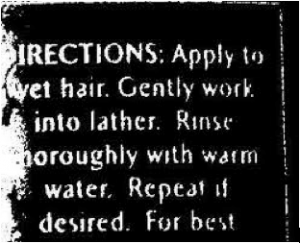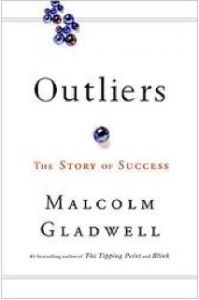seo and social media for non-profits
This year, I’ve been fortunate to be involved with a non-profit organization here in Atlanta, called Vision Rehabilitation Services of Georgia. My wife is a member of their staff and I have volunteered to help with promote their upcoming fundraising event via SEO and Social Media. It’s been a great learning experience and I am proud of the results that have been produced so far.
Thankfully, my wife is often my sounding board and she will be the first person to remind me I am talking over people’s heads. I love technology and all things internet related. Once I get excited about something, I tend to take off or (incorrectly) assume everyone knows what I’m talking about.
consider your audience
Alas, such is not the case. The good people at VRS are not technical in nature and I’ve done everything from explaining what Twitter is to how to edit the title of a page in HTML. They certainly haven’t had much exposure to SEO and Social Media. This, I have found, is great since it helps me stay grounded, slow down, take a breath, and really make a difference in helping achieve results.
I have found that I learn best when I have a goal in hand and the can put whatever I’m doing to practice. This is how I learn and improve.
I’m no stranger to Social Media and I consider myself more of a rabid enthusiast as opposed to an expert. I was already somewhat familiar with SEO and the over all concepts, but putting it all together for a good cause really helped me grow and be effective.
I’ve bought books, signed up for mailing lists, practiced and experimented.

(If you read Malcolm Gladwell’s book, Outliers, you know about opportunity and experience so I think that’s very apropos in this case.)
finishing touches
I’ve been using an example to illustrate how I feel. The example I’ve been using is that the Internet is a car; I know how to work on the engine, transmission and brakes, and with what I’m learning now I’m learning how to put on the custom, hand-painted pin striping.
I’m not going to go into specifically into SEO or Social Media tips for non-profits because that stuff is already plastered all over the web and can be found in books, but I have really enjoyed my experience and am glad I’m helping a great cause.
But is has become clear to me that you have to use both, or that is to say, you should use both. The sum is greater than the parts and with the various tools available, you can see the results, (whether positive or negative) pretty quickly.
goals
I guess the one piece of advice I can give, is to have a goal. Whether it is something like “getting people to sign up for the fundraiser,” or “move up in search engine results,” or simply create awareness, you got to have identified what you are trying to do. SEO and Social Media just for the heck of it, will not work.
Oh, and if you are interested in helping our cause and seeing how SEO and Social Media can help a non-profit, check out the Spooktacular Chase, 5k Race in Symrna GA.
I’d love to hear any suggestions or questions you have.








 FourSquare
FourSquare GooglePlus
GooglePlus LinkedIn
LinkedIn Twitter
Twitter